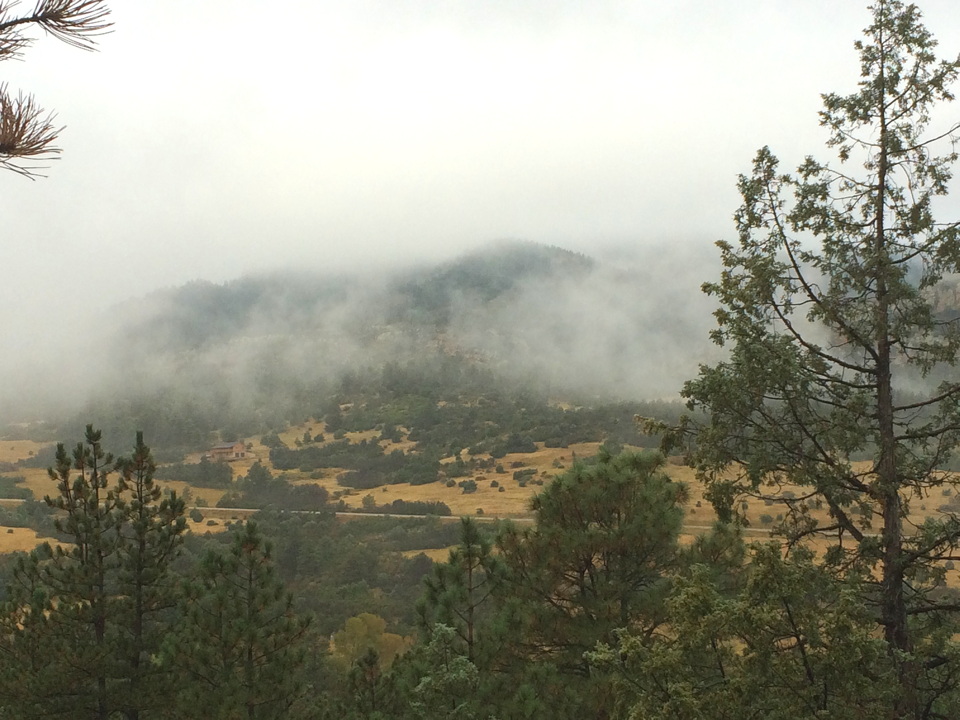
What has been happening over at the Winery at Holy Cross Abbey, down in Cañon City, Colorado? They have gone hermetic!
M. and I celebrated equinox season today by attending the winery’s Harvest Festival. It was packed. SInce the focus is on wine, many attendees turned it into a picnic in front of the music stage.
It’s not the first time we have attended this festival as an alternative to the much bigger Chile & Frijoles fest in Pueblo. (The latter was much shrunken in 2020, but back this year with beer, bands, and vendors — and some excellent roasted Pueblo chiles in there somewhere.)
But this year we were ready for something smaller and leisurely, more focused on the grapes than the grain and hops — but with roasting green chiles too, of course!

 I was wandering though the tasting booths and craftspeople’s booths when I saw one tasting booth labeled “As Above, So Below.” Every occultist knows that phrase, but what was it doing at a wine-tasting? Had I stumbled into a John Crowley novel?
I was wandering though the tasting booths and craftspeople’s booths when I saw one tasting booth labeled “As Above, So Below.” Every occultist knows that phrase, but what was it doing at a wine-tasting? Had I stumbled into a John Crowley novel?
This was the sort of event where you pay your money, get a glass and some tickets, and trade tickets for tastes. And I was out of tickets.
No matter, I asked some questions, then went to the “express” tent and bought a bottle of The Alchemist: “Perfectly balanced and sustainable, as the universe intended. Syrah and Verona grapes come together for a wine that is sure to enlighten. Have a drink, it’s your destiny.”
I might have been just as happy with The Theurgist: “Fun and approachable – magically delightful.” Well, no one ever called the Emerald Tablet “fun and approachable,” but wouldn’t “Emerald Tablet” be a good name for a vinho verde?
The Astrologist, meanwhile, is a riesling-sauvignon blanc blend: “Fun and refreshing in a way Nostradamus would never have predicted.” But M. and I drink more reds, so . . .
I should point out that despite the name and the cross on the label, it’s the Winery AT Holy Cross Abbey, not OF.
“The abbey,” as everyone in the area calls it, was indeed started by Benedictine monks in the 1920s. They operated a respected high school for boys, both day students and boarders, until the 1980s, when it closed due to the lack of vocations — not enough new monks, and the existng brothers all elderly. It’s the same problem that hit many Roman Catholic institutions around then. Eventually the order sold the whole complex after renting out the school buildings for a while for a satellite community college campus and other uses.
So no monk ever touches the wine today — although the Benedictines planted the first grapes. Here is the current management team. But apprently some esotericists do enter the picture. I need to follow up on this. Research might begin at the winery shop, where I can buy The Theurgist for research purposes.
















